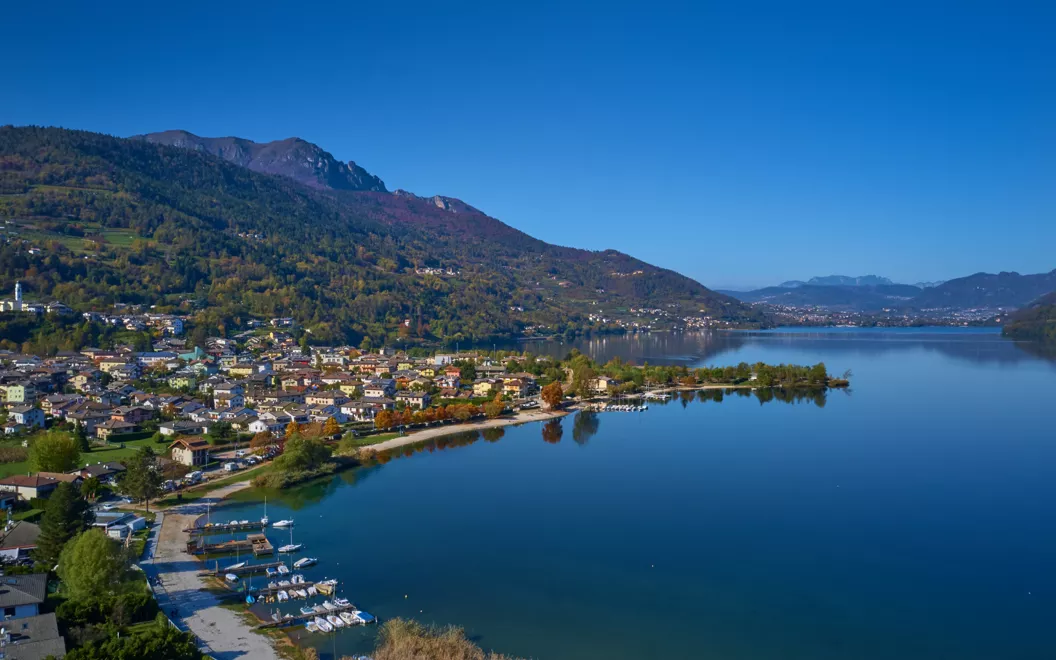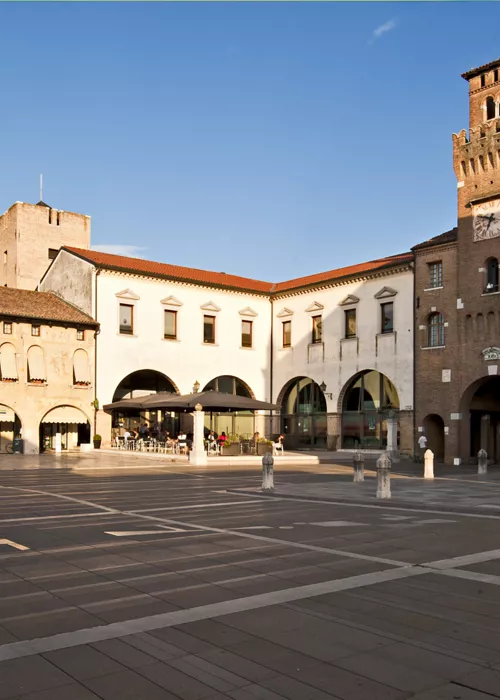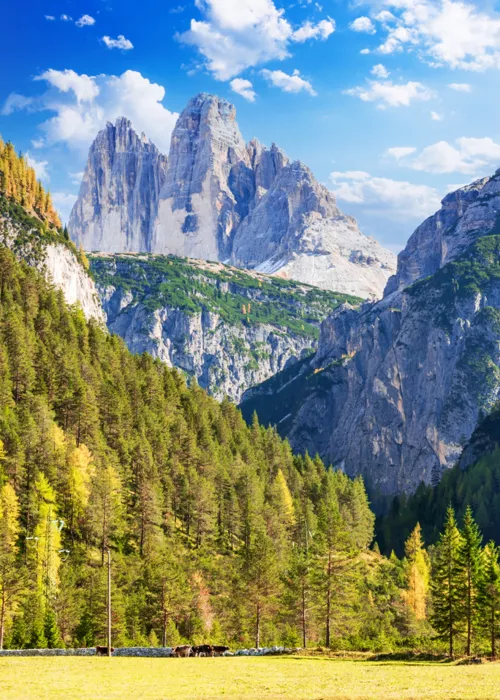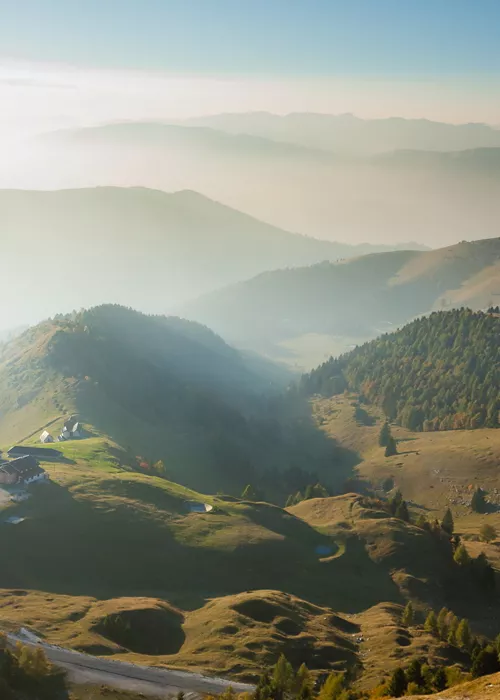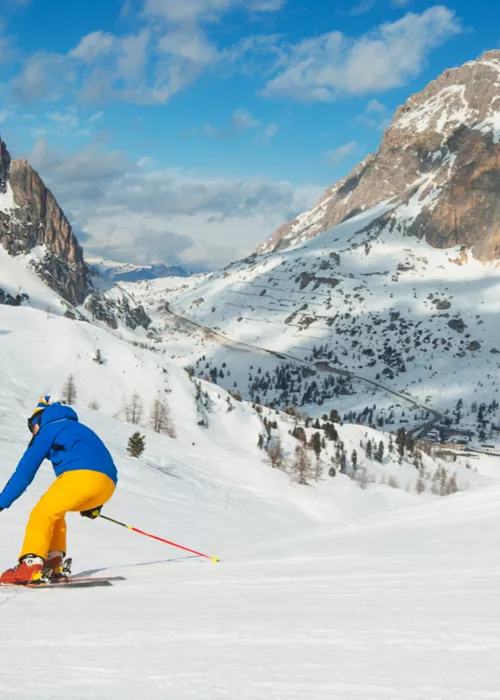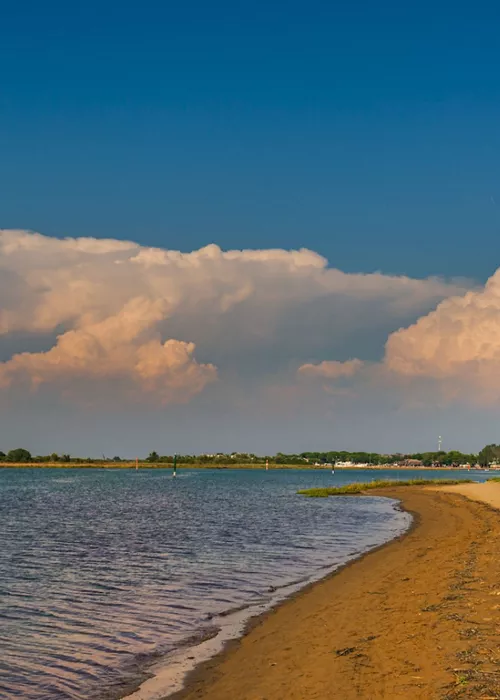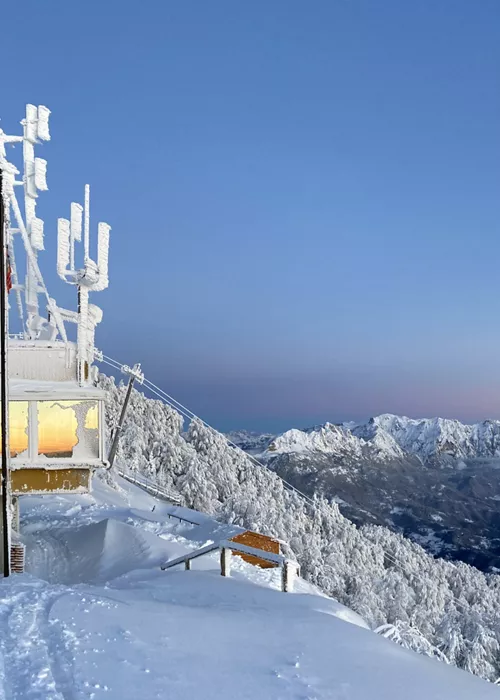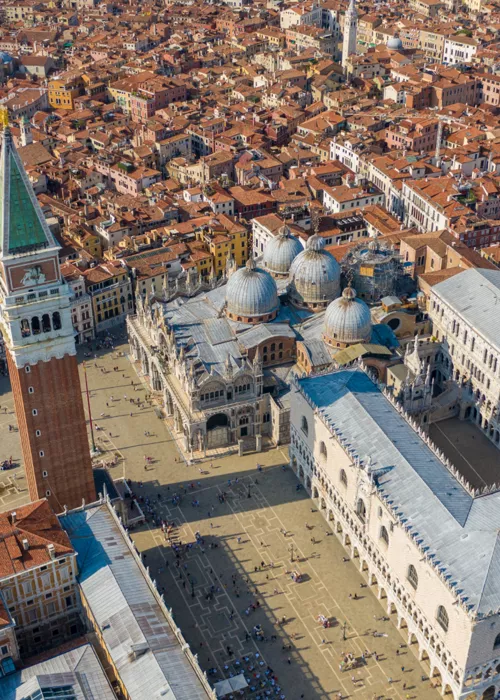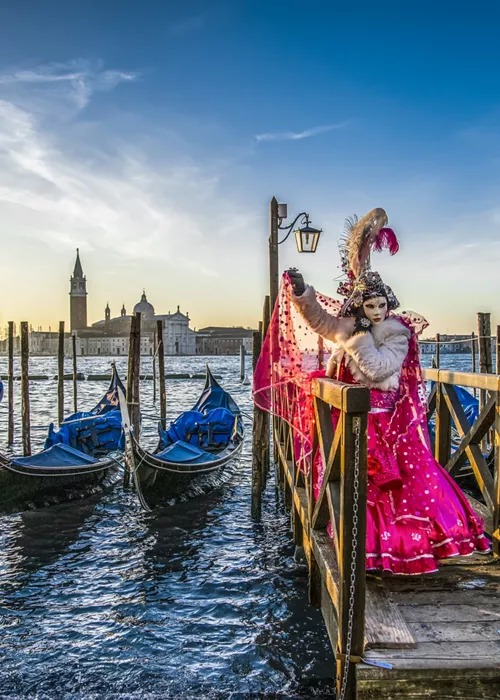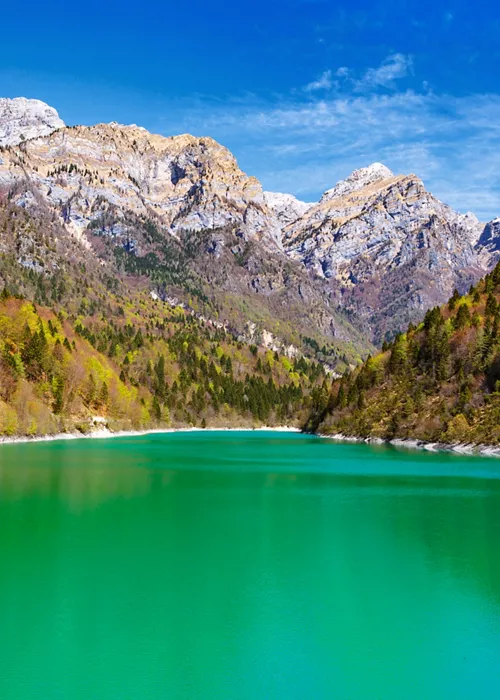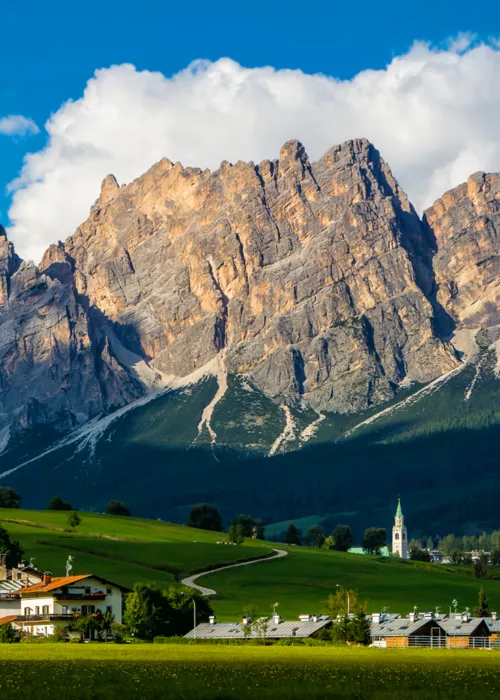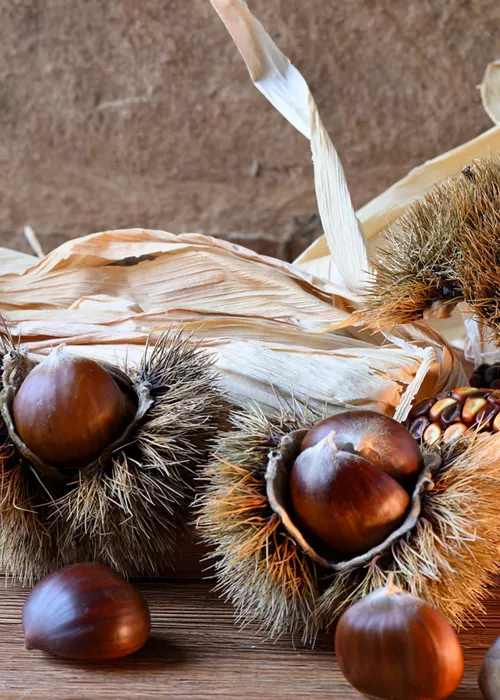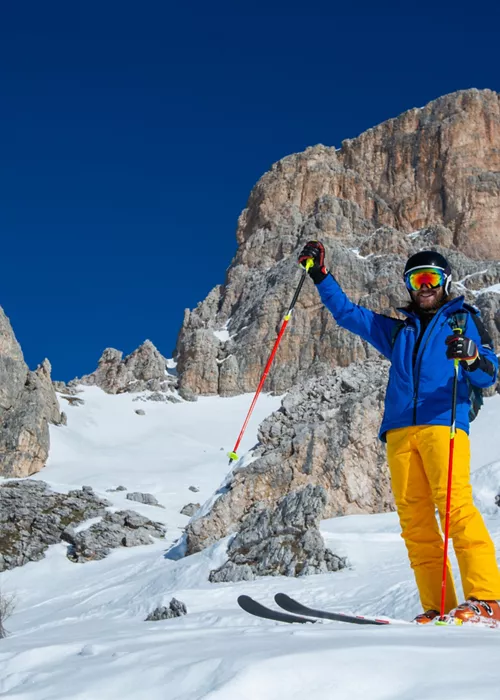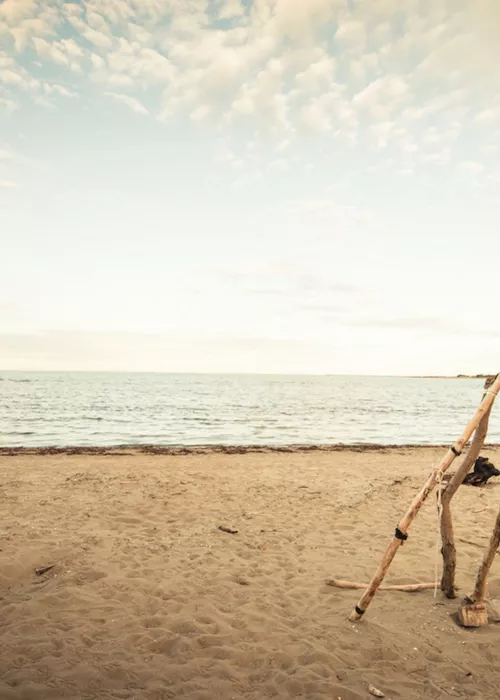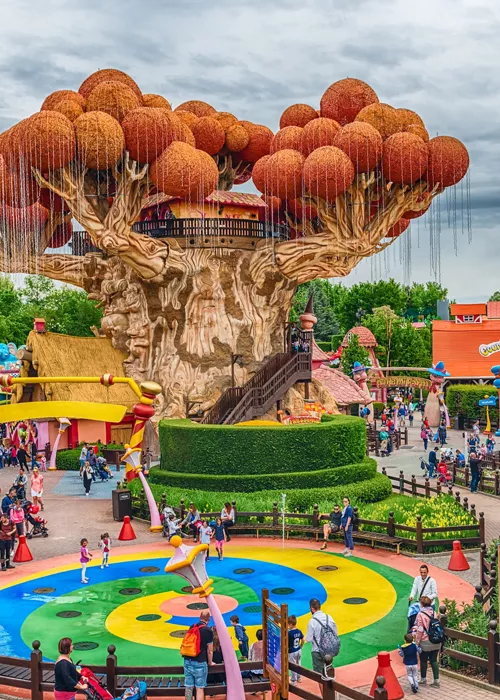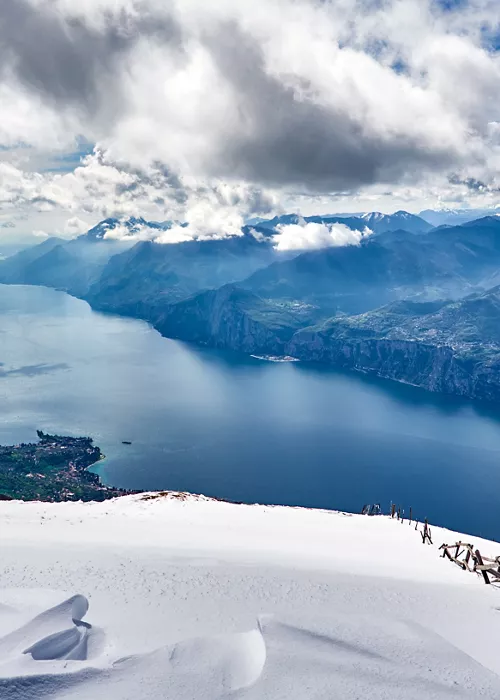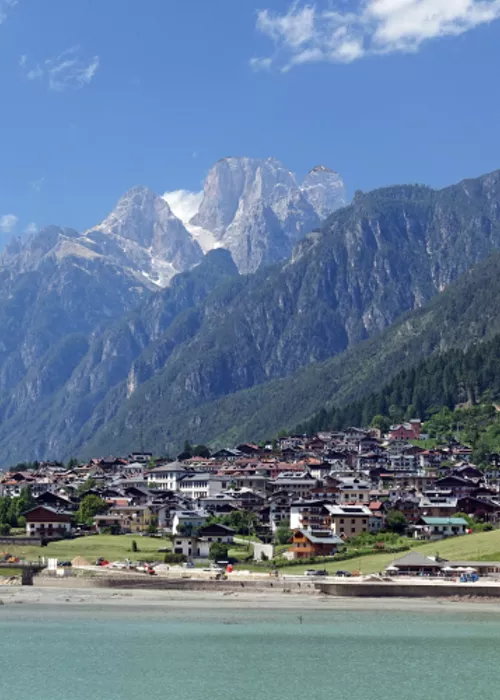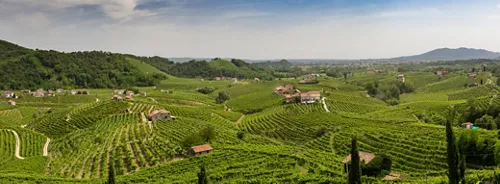Seventeenth stage of the Giro d'Italia 2023: from Pergine Valsugana to Caorle
4 minutes
The seventeenth stage of the Giro d'Italia 2023, on Wednesday 24 May, starts from Pergine Valsugana, a few kilometres from Trento, a town dominated by the historic and impressive Pergine Castle, an ancient stronghold from the pre-Roman era, in Gothic style, which served as a gateway to the Valsugana, in a strategic position between Trentino and Veneto.
The fortress was enlarged, in the 13th century AD, and became, in the late Middle Ages, the property of the Countess of Tyrol Margarete Maultash (Margherita known as Boccagrande). Later on, it belonged to the Emperor Maximilian I of Habsburg.
Among the hypotheses of origin of the name, the most accredited is from the Latin pergus, meaning hillock, place on a rise.
The centre is populated by noble palaces, military buildings, monumentsand churches, many fountains, including the Salient Fountain, known for its seahorses. The most frequently visited streets are: Via Maier, with its characteristic arcades and Renaissance style, the historic Via Pennell’ and the Piazza del Municipio, with its elegant town hall dating from the end of the 17th century.
The town is mirrored to the south in the transparent waters of Lake Caldonazzo and is surrounded by mountains, in a spectacular landscape for those fortunate enough to admire it. Many sporting activities can be practised on the lake, such as swimming, sailing, windsurfing, water skiing, canoeing and rowing; while on the heights of the Valsugana you can experience a myriad of evocative hiking trails with various levels of difficulty, as well as trekking, climbing and cycling, thanks to the Brenta-Valsugana cycle path, which covers a scenic 80-kilometre stretch from Lake Caldonazzo to Bassano del Grappa. In winter, on the other hand, you can do all kinds of snow and ice sports, such as skiing, ski mountaineering, snowboarding, sledging, snowshoeing, ice climbing and ice skating, in an area of a thousand resources, with many small lakes in the surrounding area.
The unspoilt nature, with green grassland and wooded mountains, gives the local cuisine an unmistakable and extraordinary authenticity, seen, for example, in the traditional polenta of Valsugana, made with a variety of corn that has been grown in this area since the 1800s. It should be tried together with meat stews, exquisite malga cheeses or mushrooms gathered in the woods in summer and autumn.
From Pergine Valsugana, the race follows the route of the ancient Via Romeo Germanica and, descending along the course of the Brenta River, passes through Borgo Valsugana before reaching Bassano del Grappa, in the province of Vicenza, andCastelfranco Veneto, in the province of Treviso, traversing theValdobbiadene area, with its characteristic UNESCO World Heritage hills.
In Bassano del Grappa, a visit to the monumental Ponte degli Alpini, also called the Ponte Vecchio [Old Bridge] on the Brenta, one of Italy's most characteristic bridges, designed by the architect Andrea Palladio (16th century), takes us to the old town. Here we find the Grappa Museum, which houses a showroom where you can taste and buy the valuable distillate, to be sipped perhaps at the end of your meal, after enjoying typical dishes with white asparagus of Bassano DOP and Bassano red onions, protected by Slow Food.
The route reaches the sea at Jesolo and, heading up the coast, arrives at the end of this stage in Veneto. We are welcomed by Caorle, a picturesque small muicipality listed among the historical coastal towns of Italy and recipient of the Blue Flag and 'Spighe Verdi' awards, whose long coastline of golden sand, stretching almost 20 km, make it one of the most 'popular' tourist destinations in Italy.
Its name derives from the Latin caprula[wild goat]. Archaeological excavations date to the first settlements in the region, as far back as the Bronze Age (before the 12th century BC), but the earliest historical sources date back to the 3rd century BC, in Roman times.
The ancient village appears as if projected onto the Adriatic Sea and is dominated by the ancient cylindrical bell tower of the Cathedral of Caorle, outside in austere Romanesque style, with Byzantine elements, dating back to 1038, dedicated to Santo Stefano Protomartire (whose skull is preserved), built on the ruins of an early Christian basilica (6th century AD). Inside, it holds precious works of art, a veritable treasure trove of frescoes, paintings, and a gold altarpiece.
The narrow streets and colourful houses, between streets, fields and small squares, lead up to the promontory, where the Madonna dell'Angelo Sanctuary stands, rebuilt in the 18th century AD on a basilica from the 10th century AD, with its bell tower from the 13th century AD, today equipped with three bronze bells, which in the past was used as a lighthouse.
Caorle is a very impressive place, with a lot of history behind it and deep roots, traces of which can still be found scattered all over the territory, such as in the lagoon, divided into six valleys, where you can visit the ancient 'casoni': typical wooden dwellings covered with straw and marsh reeds, where fishermen's families once lived, since the 15th century AD, and which look like they belong to the set of a film.
The ancient fishing tradition has met modern innovation here, in a sustainable fishing project involving recreational activities on board professional fishing boats.
The gastronomy of these lands speaks to us of the sea and of seamen well-anchored to their land: the typical cuisine combines fishing products with inland vegetables and fine Piave DOC wines. Dishes that simply should not be missed: pasta with squid ink, boiled octopus and the delicious sarde in saor (marinated sardines), to be enjoyed as an apéritif: fried sardines marinated in a sauce of onions cooked with vinegar, pine nuts and sultanas, which was used to preserve fish for fishermen during long sea voyages.
The stage podium
Chef Enrico Croatti's moscardini (octopus) for a taste of Veneto
Curled octopus is a common food in many regional culinary traditions, which can be enjoyed in all seasons, especially in spring and summer.

